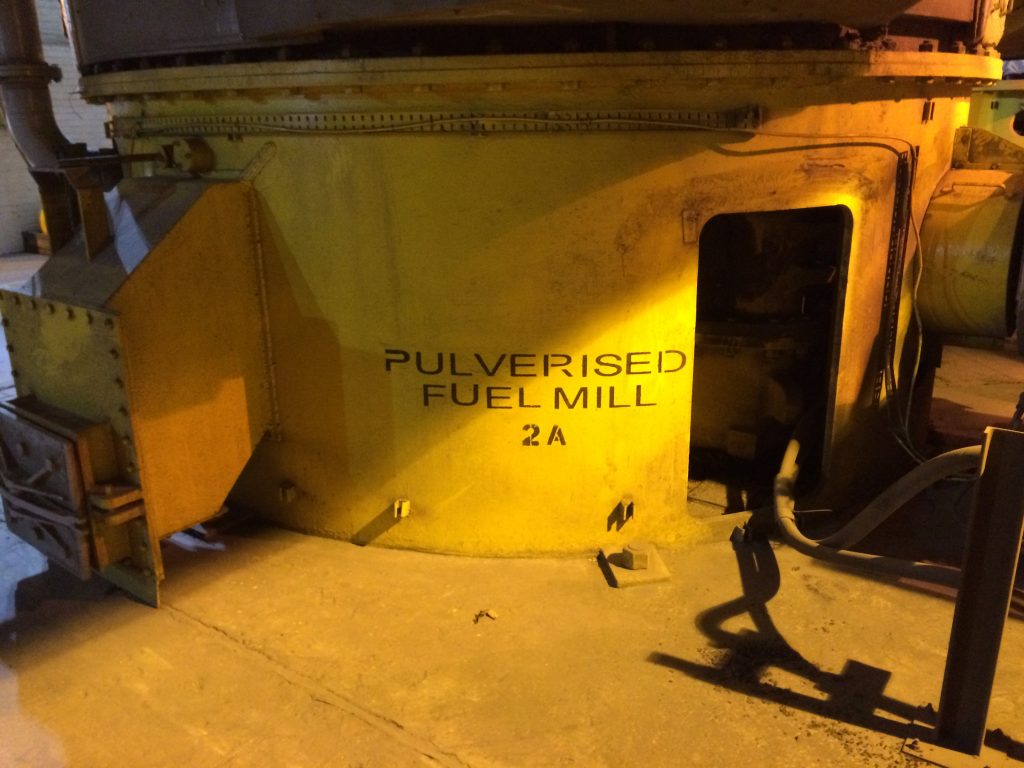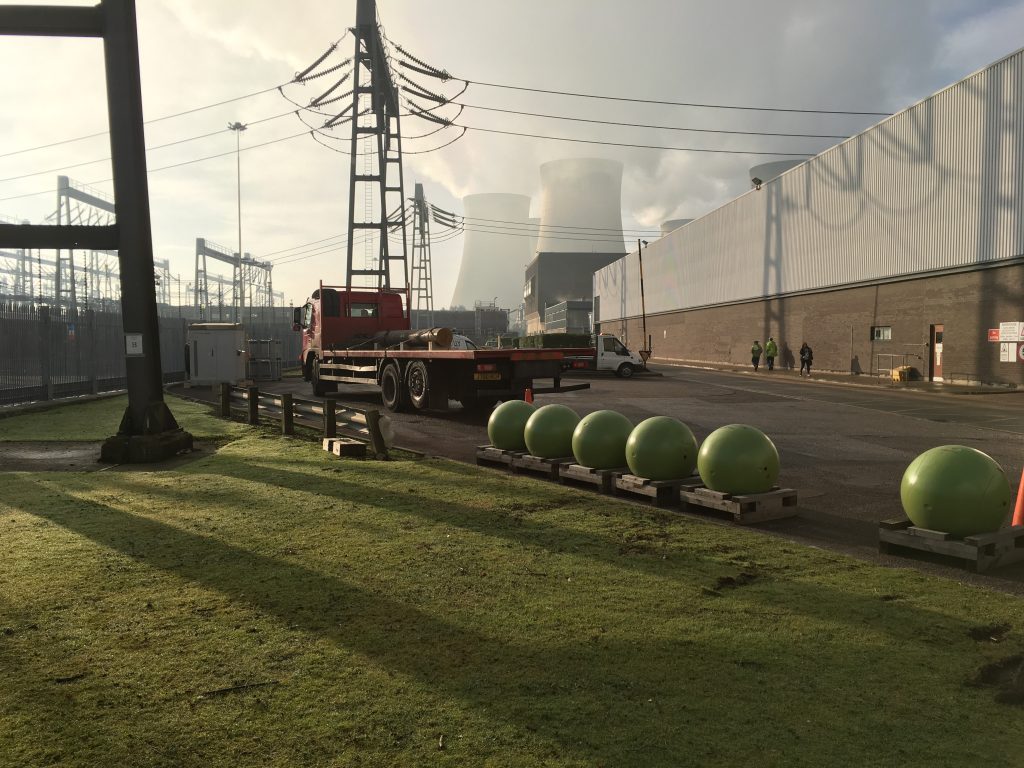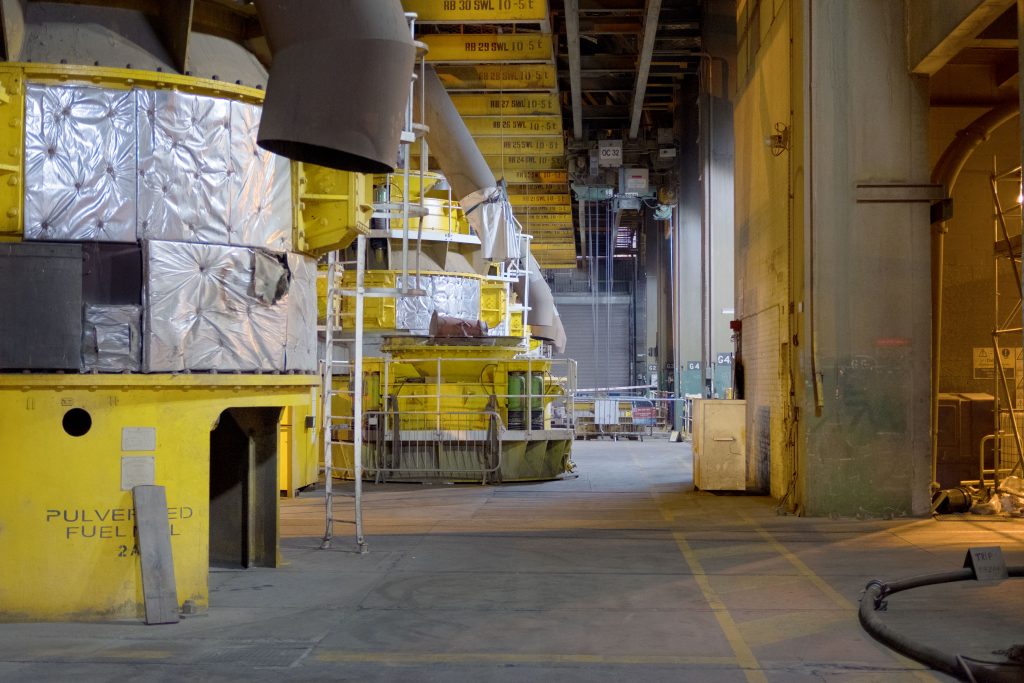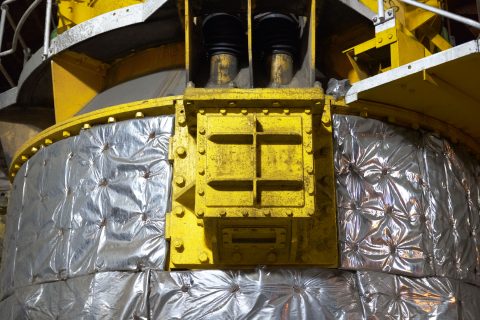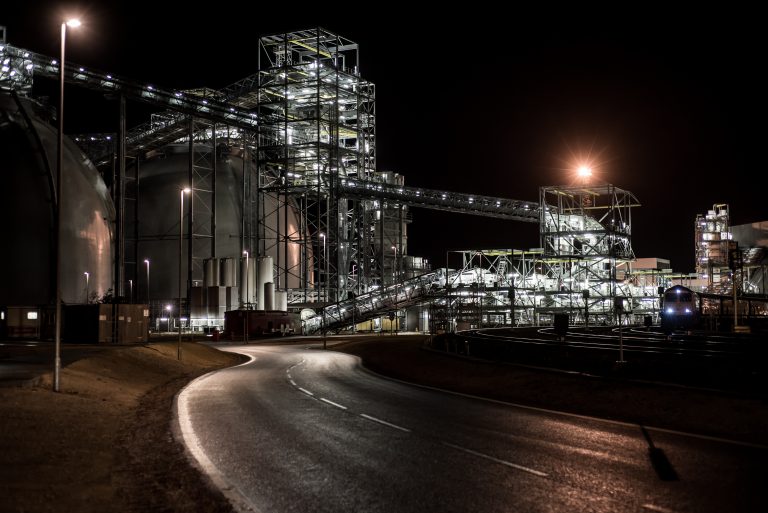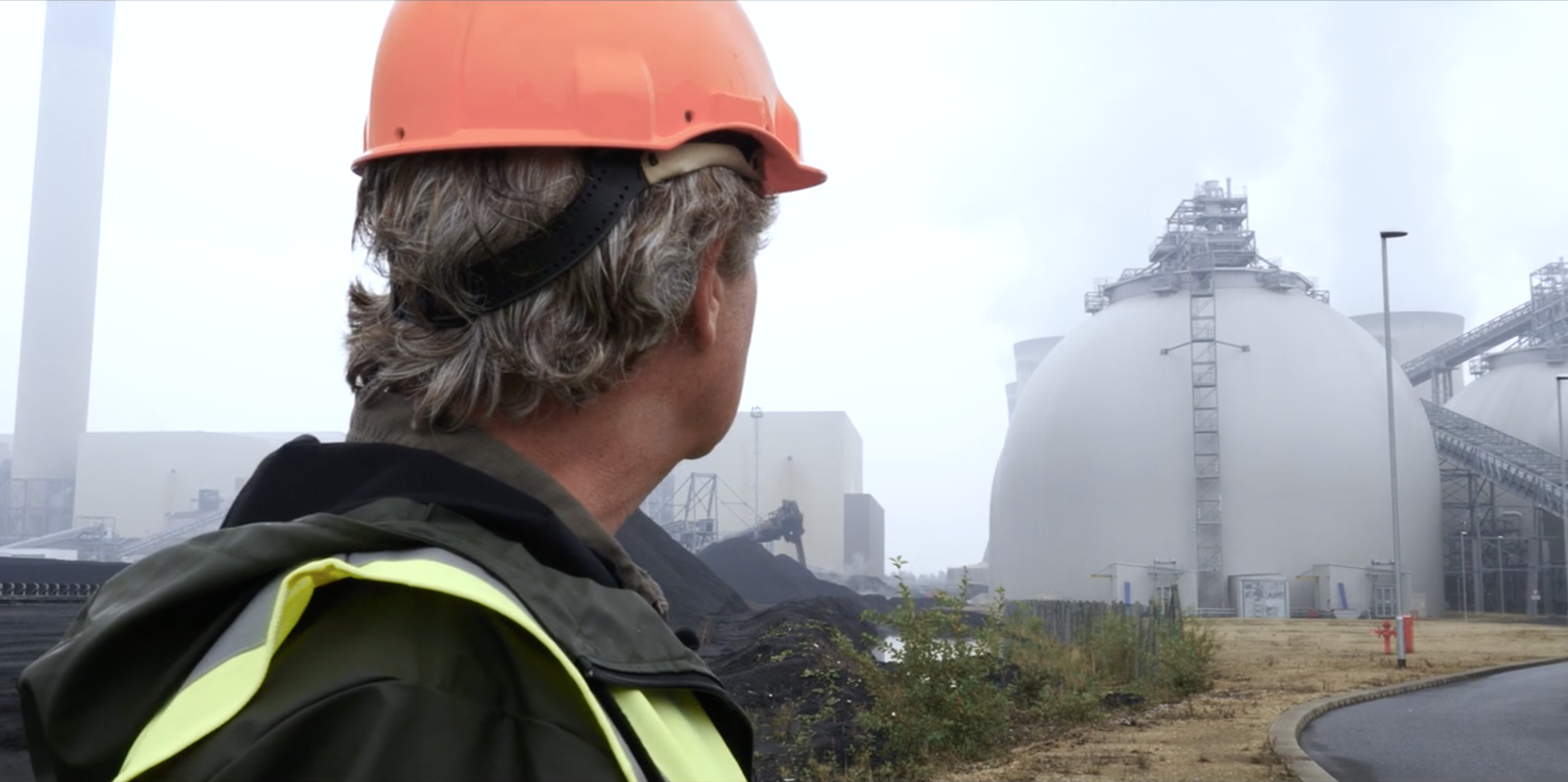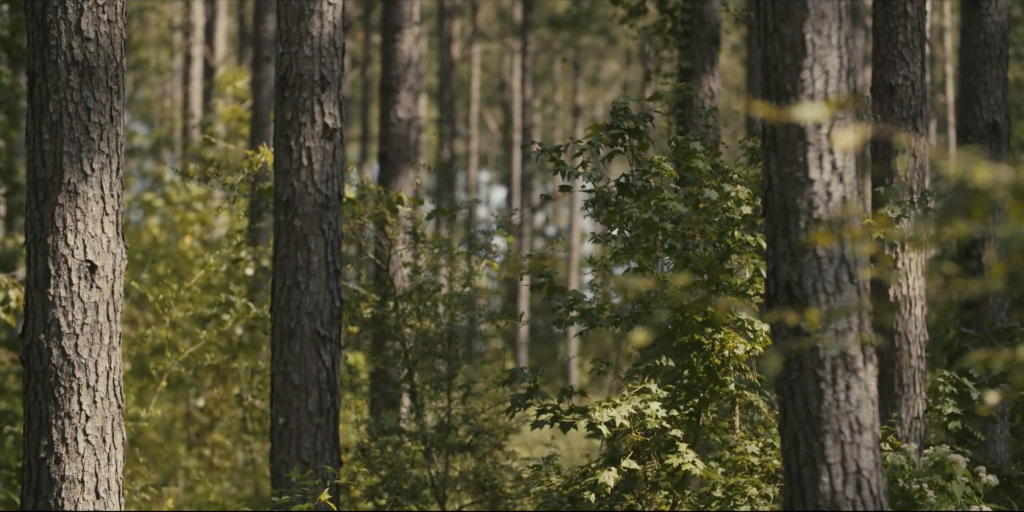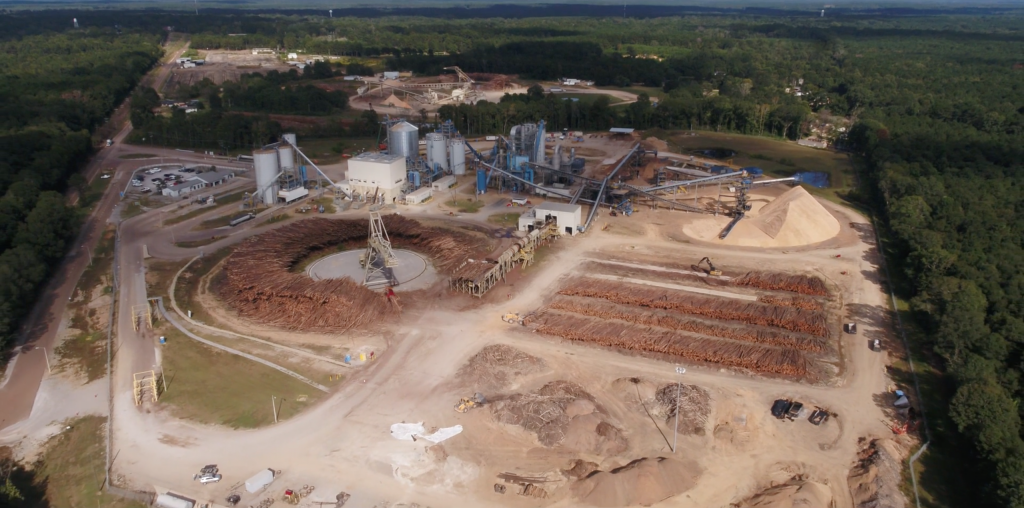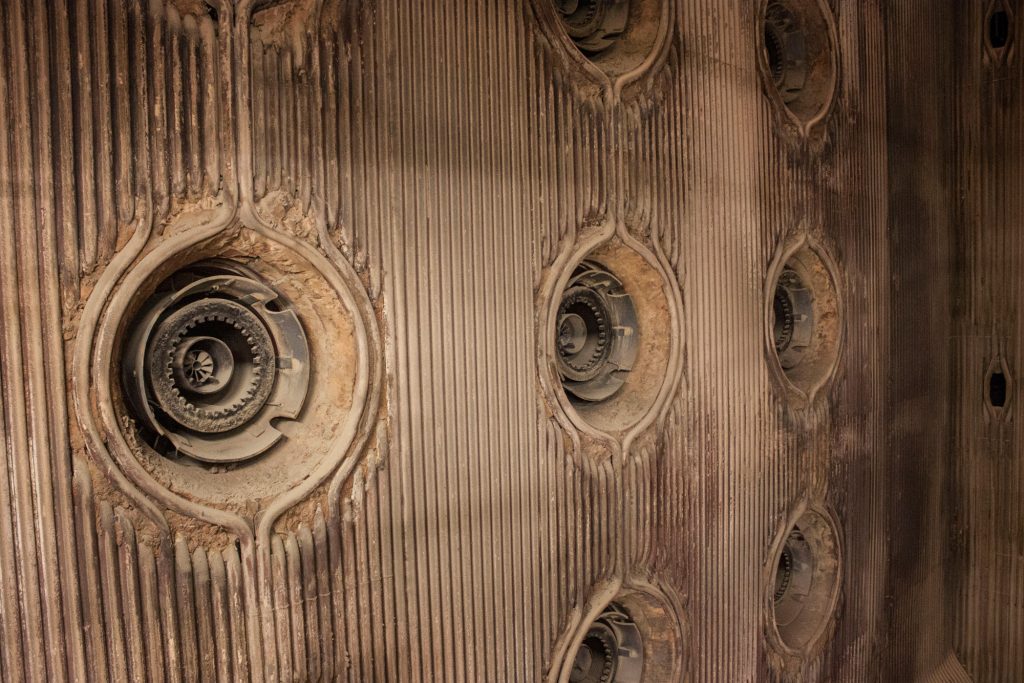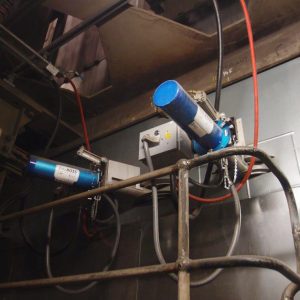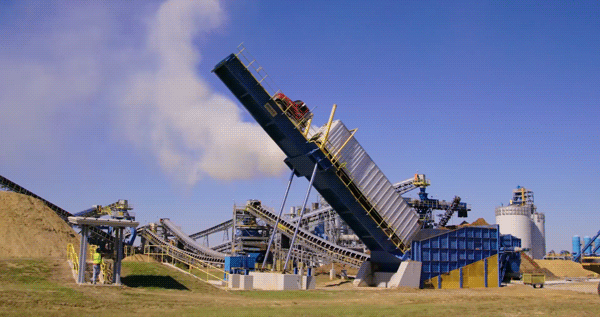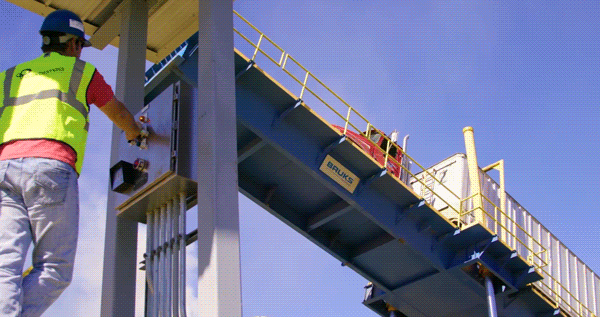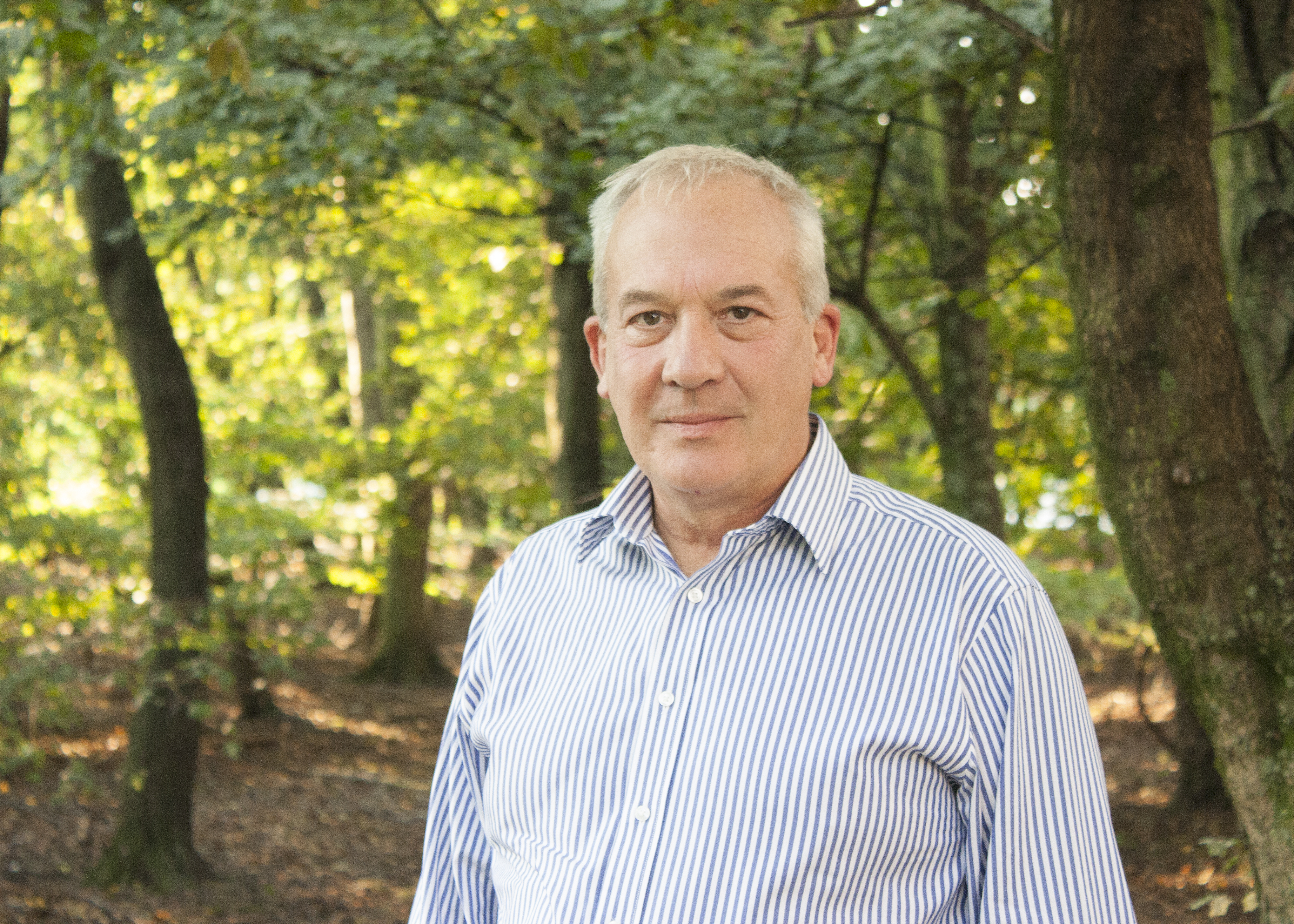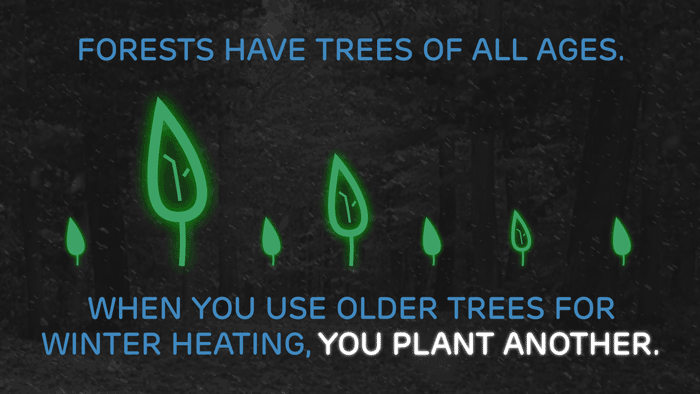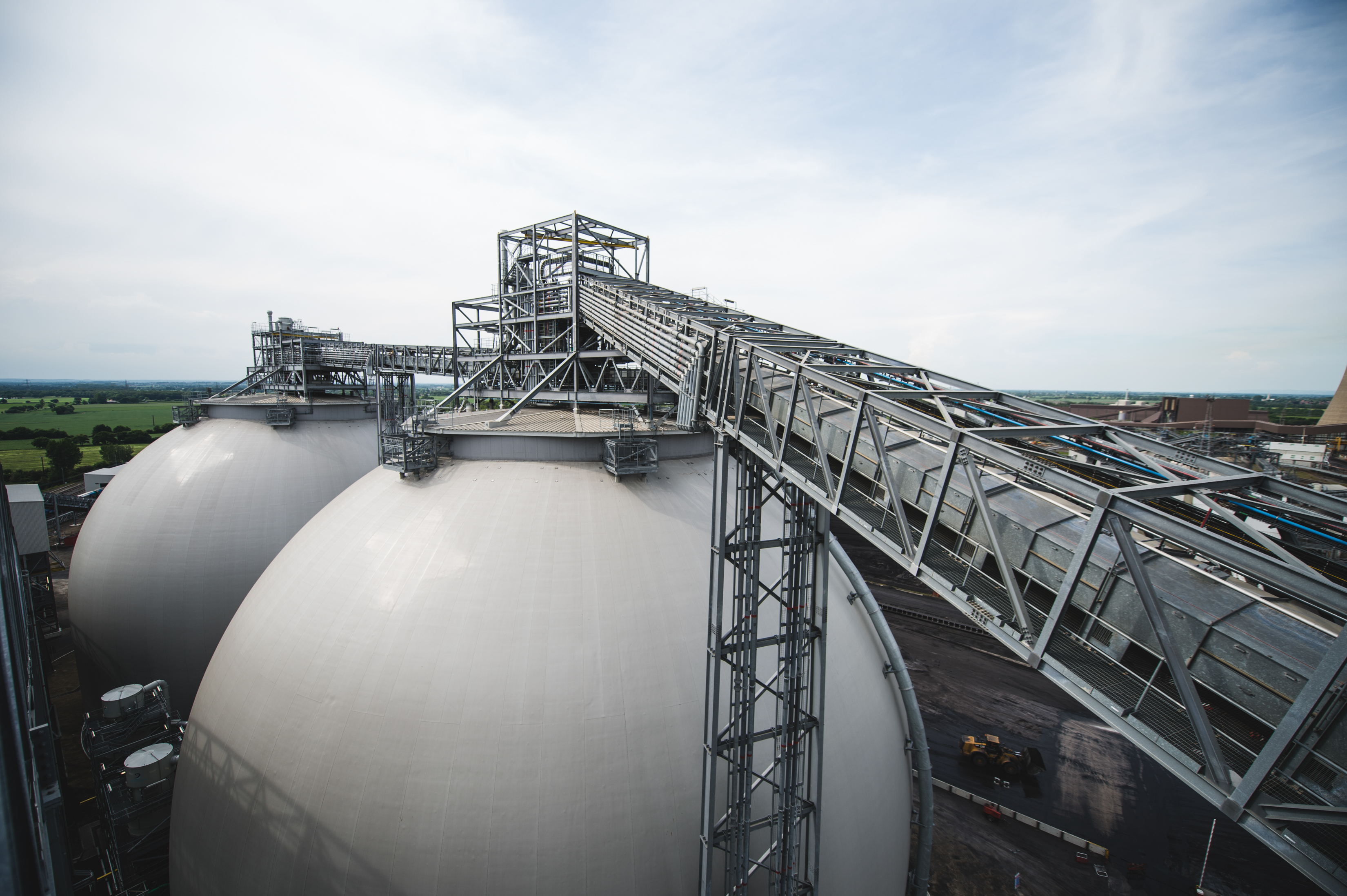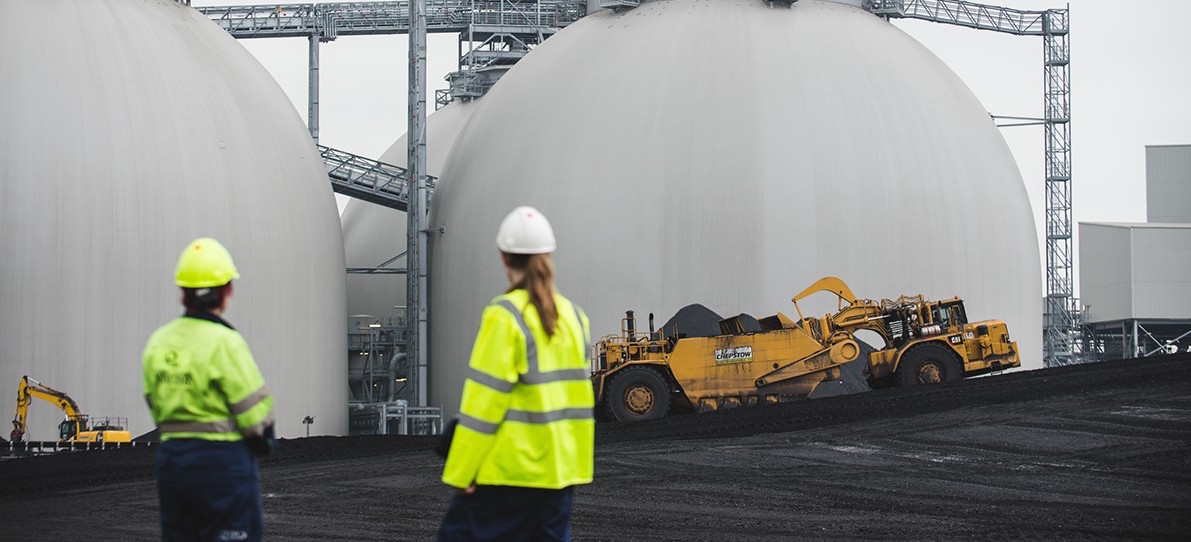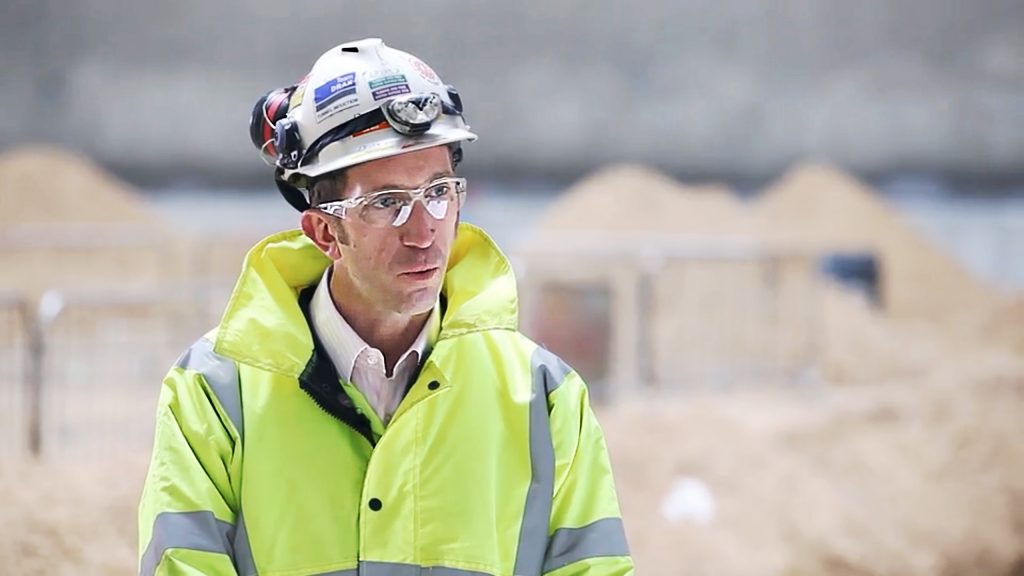
RNS Number : 9871F
Drax Group PLC
| Twelve months ended 31 December | 2017 | 2016 |
|---|---|---|
| Key financial performance measures | ||
| EBITDA (£ million)(1) | 229 | 140 |
| Underlying profit after tax (£ million)(2) | 3 | 21 |
| Underlying earnings per share (pence)(2) | 0.7 | 5.0 |
| Total dividends (pence per share) | 12.3 | 2.5 |
| Net cash from operating activities (£ million) | 315 | 191 |
| Net debt (£ million)(3) | 367 | 93 |
| Statutory accounting measures | ||
| (Loss) / profit before tax (£ million) | (183) | 197 |
| Reported basic (loss) / earnings per share (pence) | (37.2) | 47.7 |
All areas of the business contributing to positive EBITDA for the first time
- EBITDA up 64% to £229 million – improving earnings quality from biomass generation and Opus Energy
- Pellet Production – EBITDA up £12 million to £6 million – 35% growth in production
- Power Generation – EBITDA up £64 million to £238 million – contribution from biomass generation
- B2B Energy Supply – EBITDA up £33 million to £29 million –acquisition of Opus Energy
- Strong cash flow generation and balance sheet – 1.6x net debt to EBITDA
- Final dividend of £30 million, representing 60% of the recommended full year – £50 million
- £50 million share buy back programme consistent with capital allocation policy
- Statutory loss before tax principally driven by unrealised losses related to foreign currency hedging of £156 million
Delivering strategy and remain on course to hit >£425 million EBITDA target by 2025
- Accelerated energy supply growth with acquisition and on-boarding of Opus Energy
- Increased biomass self-supply through acquisition and commissioning of third biomass pellet plant, LaSalle Bioenergy
- Government support received for fourth biomass unit conversion at Drax Power Station
- Development of options for future generation: coal-to-gas repowering option, two OCGTs (4) to enter next capacity market auction in December 2018
Focused on operational excellence and investment in strategy
- Continued focus on safety, operational excellence and project development
- Targeted investment in long-term growth opportunities
- Continued growth in EBITDA and cash generation
- Sustainable and growing dividend, with opportunities to return capital in line with policy
Will Gardiner, Chief Executive of Drax Group plc, said:
“We continued to transform the business in 2017, delivering a strong EBITDA performance, in line with expectations. This was delivered by all parts of the business making positive contributions for the first time.
“We also made good progress delivering our strategy, which is clear and unchanged. We are increasing biomass self-supply, developing projects to diversify our generation mix and growing our B2B energy supply business.
“The UK is undergoing an energy revolution, starting with a significant reduction in carbon emissions, and to support that we are helping to change the way energy is generated, supplied and used.”
Notes for analysts and editors
2017 Group Financial Review
- Underlying earnings per share decreased to 0.7 pence
- Accelerated depreciation of coal-specific assets, amortisation of intangible assets associated with the acquisition of Opus Energy and an increase in net finance charges.
- Reported basic earnings per share – a loss of 37 pence, which includes unrealised losses on derivative contracts of £156 million (principally related to the foreign currency hedging programme) in addition to one-off items – transaction costs relating to the acquisition of Opus Energy (£8 million) and refinancing (£24 million)
- Tax – one-off non-cash charge of £16 million – a reduction in US federal tax rates from 35% to 21% resulting in a revaluation of deferred tax balances, offset by £13 million cash tax credit from UK Patent Box tax regime, which rewards Drax patented innovation in biomass generation
- Investment in line with guidance
- Acquisition of Opus Energy (£367 million)
- Acquisition and commissioning of LaSalle Bioenergy (£48 million)
- Maintenance and improvement (£133 million) including pellet plant optimisation, strategic spares, Haven Power information systems, research and innovation and Opus Energy office consolidation
- Continue to expect ongoing maintenance capital investment of £50-60 million per year
- Net debt of £367 million (31 Dec 2016: £93 million), including cash on hand of £222 million
2017 Operational Review
Pellet Production – Focus on good quality pellets at lowest cost
- 35% increase in pellet production to 0.8M tonnes (2016 0.6M tonnes)
- Low-cost expansion of Amite and Morehouse plants complete
- Improving operational performance whilst providing supply chain flexibility
- LaSalle Bioenergy commissioning ahead of plan from November 2017, increasing output through 2018
- Biomass self-supply increased
Power Generation – Focus on optimisation of existing assets and development of projects
- Electricity output (net sales) 20.0TWh (2016: 19.6TWh)
- 65% of generation from renewables (2016: 65%)
- £88 million from system support and flexibility
- £90 million capacity market payments secured for 2017-2022
B2B Energy Supply – Profitable business with growth in sales and customer meters
- 12% increase in customer meter points to more than 375,000
- 46% of energy sales from renewables
- Opus Energy EBITDA in line with plan; Haven Power exceeded EBITDA breakeven target
- Continued investment in next generation IT systems
Notes:
(1) EBITDA is defined as earnings before interest, tax, depreciation, amortisation and material one-off items that do not reflect the underlying trading performance of the business.
(2) 2017 underlying earnings exclude unrealised losses on derivative contracts of £156 million and material one-off items that do not reflect the underlying performance of the business (2016: unrealised gains of £177 million).
(3) Borrowings less cash and cash equivalents.
(4) Open Cycle Gas Turbine.
Contacts
Enquiries:
Drax Investor Relations: Mark Strafford
+44 (0) 1757 612 491
Media:
Drax External Communications: Ali Lewis
+44 (0) 1757 612 165









